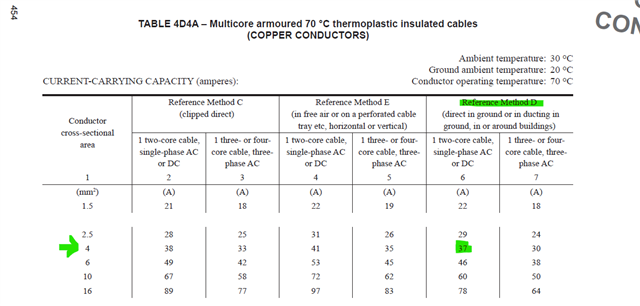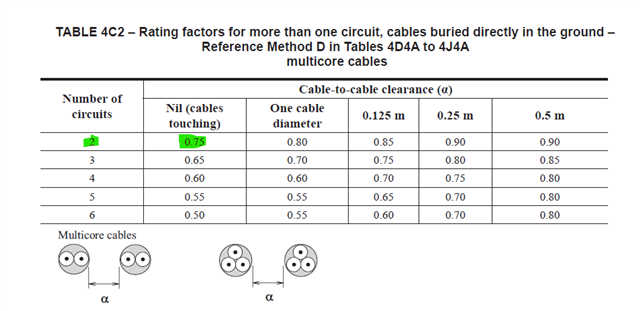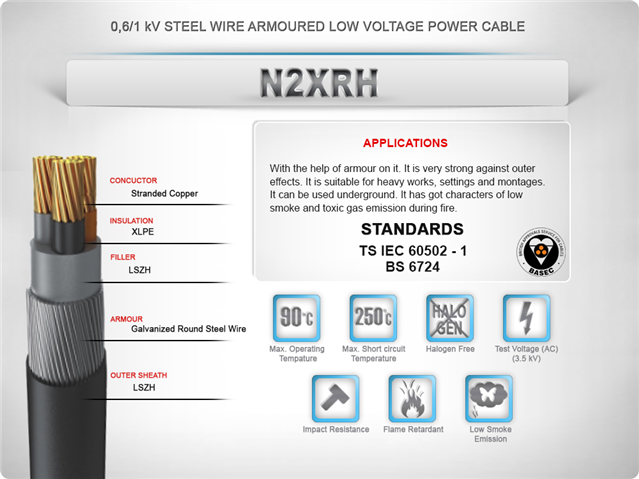Hi All,
I have an install with a 4mm 5 core SWA buried that is setup as follows:
L&N - circuit 1 (2x 13A sockets) - 16A MCB
L&N - circuit 2 (1x 16A socket outlet) - 16A MCB
CPC - for circuits 1 & 2
Maximum distance 30 metres. The client wants to upgrade the 16A socket to a 32A variant for a hot tub with a 32A MCB.
Will this suffice and how will grouping factors affect this? The other circuit with 2x double sockets are used for lawnmowers and some lighting, and highly unlikely will have a sustained load.
I’m looking at grouping factors given that this is a multi core cable. Will the 4mm handle the increased load or would a 6mm be a better option? There is also capacity for reduction given the socket circuit would likely be loaded a lot less than its overall rating (the 30% grouping factor rule).
The cable is buried and running a new cable would be difficult so would prefer to use the existing 4mm.
Thanks.




